
Iowa’s new ADU law puts power in the hands of homeowners, not just developers—and makes it easier for grandma to stay close to home.
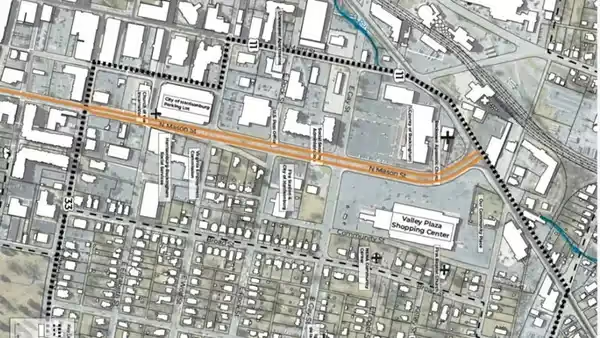
City staff in Harrisonburg, Virginia, are embracing a process of co-creation with the public they serve. Here’s what that means.
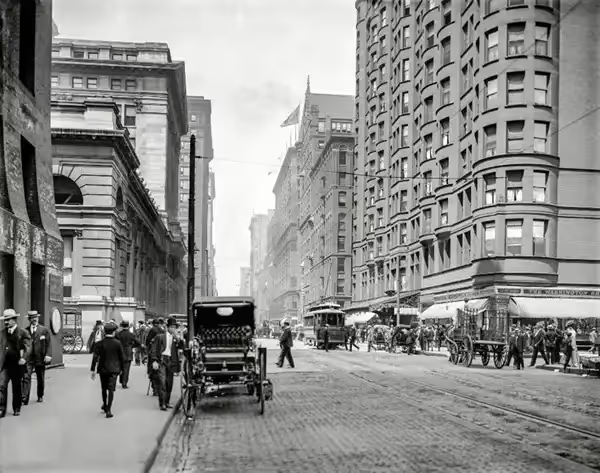
It’s time to make the beloved housing solution that turned Chicago into a bustling, modern city legal again.
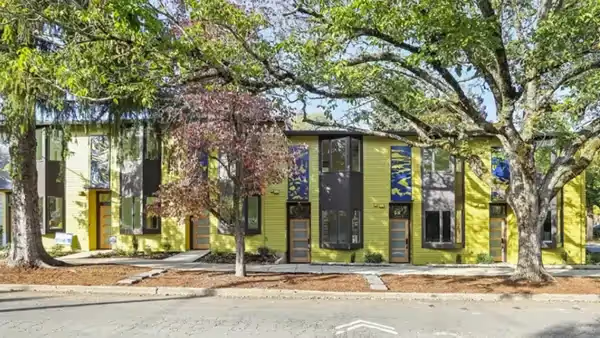
Portland’s zoning overhaul is producing what every city says it wants: more homes people can actually afford.

In Portland, Oregon one neighbor’s DIY device is quietly collecting the kind of street data cities can’t ignore—and that neighbors have known all along.
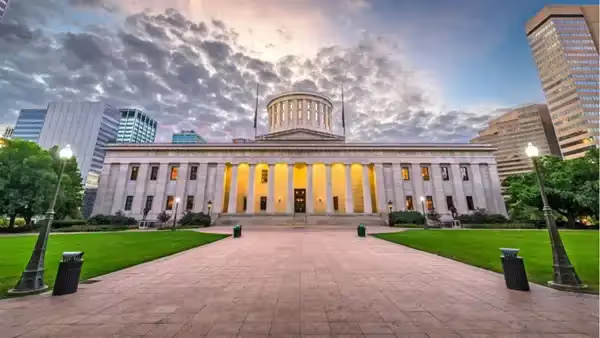
Abundance looks to reform from above. We think you shouldn’t wait for permission.

Instead of waiting for someone else to fix their community’s transit problems, this group of local advocates took initiative with something simple—and powerful.
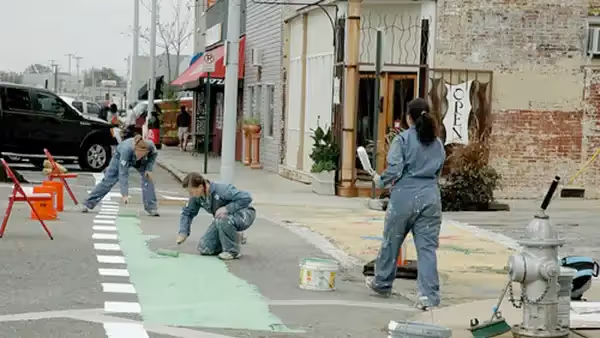
Tactical urbanism is changing the way we approach city-building—here are five studies, toolkits, and guides to help you get started where you live.

John Gall’s home sits at the base of a T-intersection—a spot where, in theory, drivers are supposed to turn either left or right. But that’s not what keeps happening.

From school integration to budget reform, Rick Cole has spent his life encouraging cities to meet their residents’ needs in smart and sustainable ways. Here's his advice for city officials.
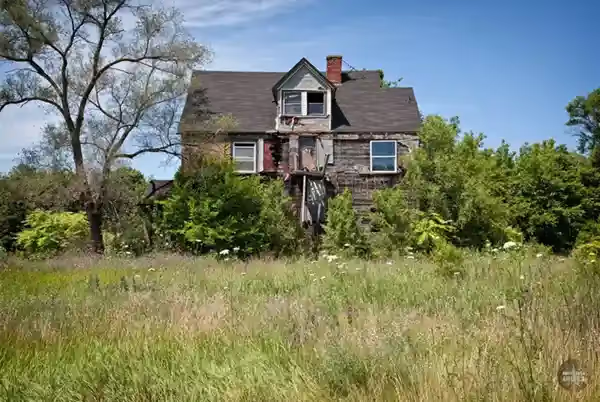
In Lawrence, Indiana, a new housing task force is turning local tools into real solutions to tackle the town’s growing housing crisis head-on.
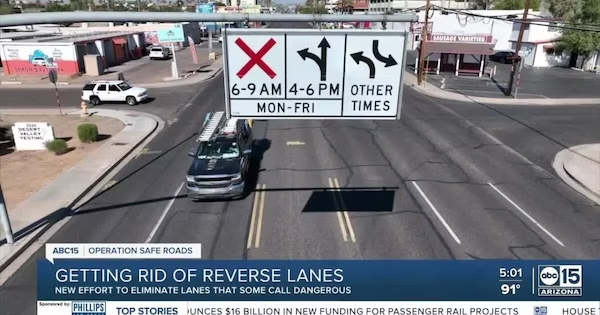
If crashes happen in the same place over and over, is it really an accident? Phoenix residents say no—and they have the data to prove it.

To build a strong city, you first have to understand the building blocks you’re working with and how they fit together.
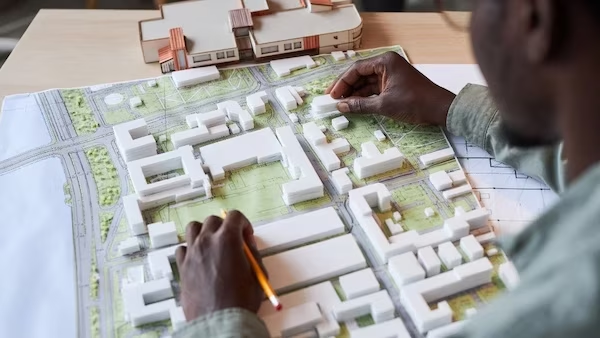
"Jane Jacobs ends through Robert Moses means" is the modus operandi of many planners and advocates. It's also a total misunderstanding of both the brilliance of Jacobs and the shortcomings of Moses.
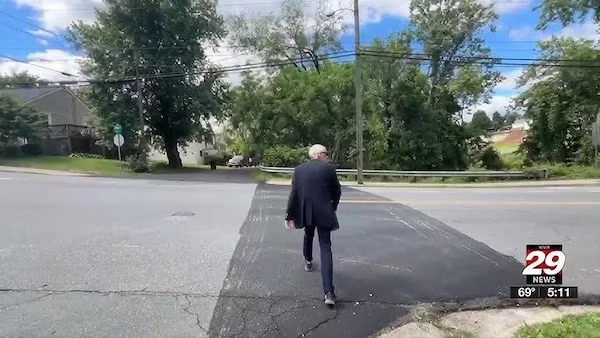
The latest fatality on a Charlottesville road was the last straw for Kevin Cox, but his efforts to make the area safer might land him twelve months of jailtime. What if cities saw actions like his not as crimes—but as calls for change?

Over 20 communities have used the Finance Decoder to turn dense spreadsheets into clear direction—proving that financial transparency doesn’t have to be dull.
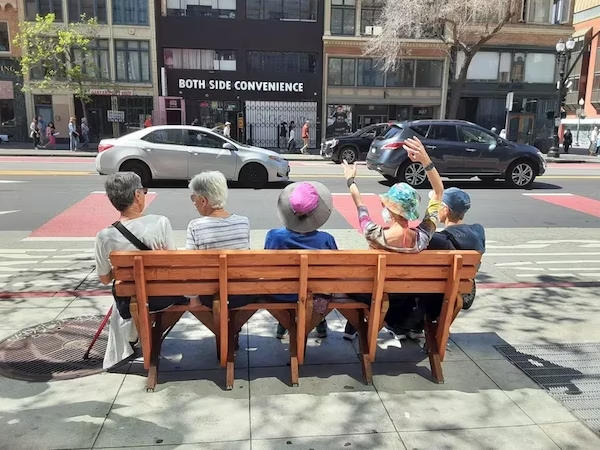
What began as a quiet act of care—building benches where none existed—just got the City of Richmond’s official blessing.

How much does parking cost? Enough to make cities rethink whether it should be mandatory at all.
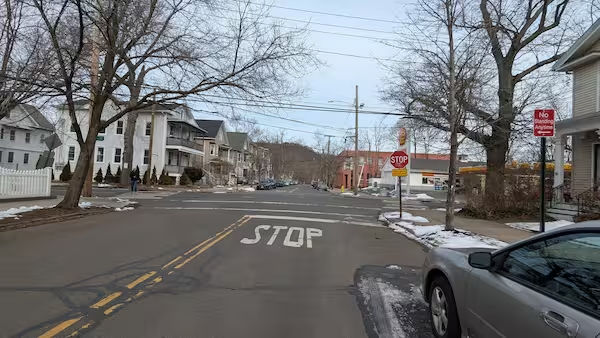
By embracing the Crash Analysis Studio model, New Haven residents are shifting the conversation away from blame and towards preventing the next tragedy.

We’re not just looking at a future where cities can’t count on federal support. We’re facing one where Washington itself might be powerless to intervene, even if it wanted to.
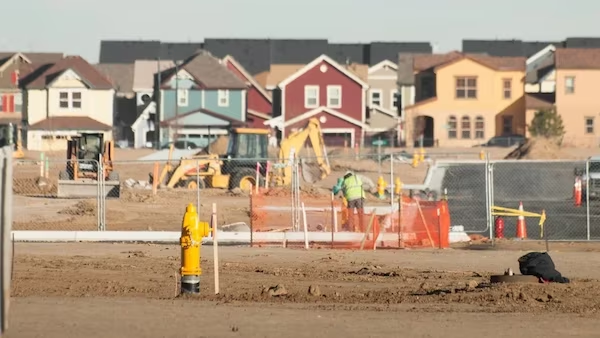
By clearing the path for more homes in more places, these places aren’t just tweaking policy—they’re rewriting the rules to build stronger, more resilient communities.

What do expensive rent, stalled construction projects, and endless parking lots have in common? Mandatory parking minimums. But in cities like Madison, Wisconsin, that might change soon.

Washington just passed one of the strongest statewide parking reforms in the country—by rethinking not just the rules, but the way we talk about them.
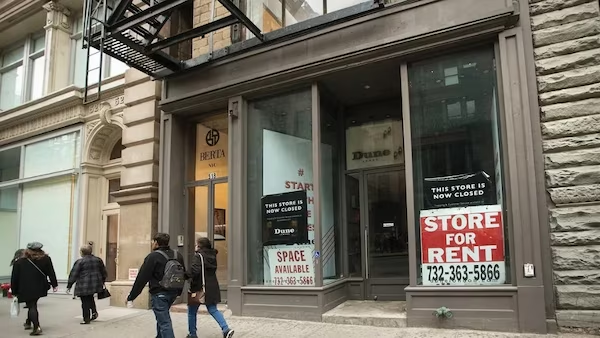
Here are eight reasons a storefront might sit vacant, applying to both professionally new built and legacy storefronts.